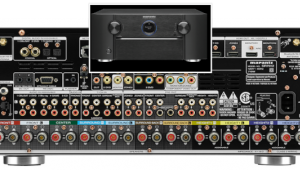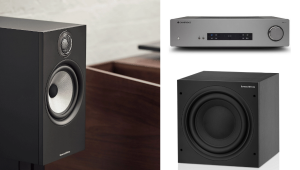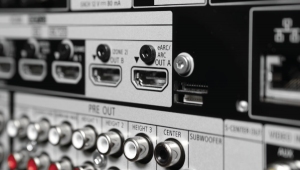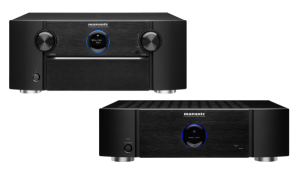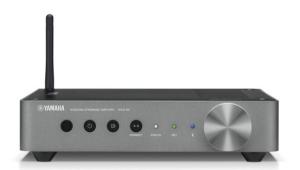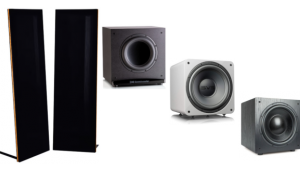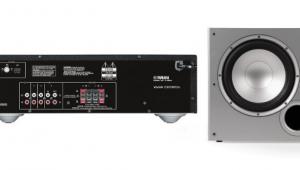HD in Zone 2, Two Subs, Video Conversion

As digital HDMI connections (and their associated HDCP requirements) become the default for A/V gear, I wonder if the days of a second HD zone on AVRs are behind us? Or are the manufacturers planning to address the current limitation of sending only SD video to a second zone? Will I be forced to buy an HDMI matrix?
Jeff Kramer
Some AVRs, such as higher-end models from Integra, Pioneer, and Sony, do have HD video outputs to a second zone, and those outputs can carry a different signal than the one showing in the main zone. However, they are component-video outputs, not HDMI, probably because it would generally require a very long cable, which is impractical with HDMI. Also, these outputs are limited to 1080i, and in most cases, they can only convey a component-video source, not an HDMI source.
The only exceptions I know of are the Sony STR-DA4600ES and DA5600ES, which can send the signal from an HDMI or component-video source to the second zone via component. Actually, the second-zone video output is CAT5, a type of cable that can run hundreds of feet, and a balun in the remote zone converts CAT5 to 1080i component video. (BTW, you might think that the two independent HDMI outputs on the 5600ES, which are labeled in the photo above, might work for this application, but they can only be used one at a time. These outputs are intended for installations with a front projector and flat panel in the main zone.)
Update: It turns out that Sony misinformed me about the capabilities of the STR-DA4600ES and DA5600ES. They cannot send an HDMI source to the remote zone; they can only send HD from a component source to the remote zone.
Two Subs Are Better Than One
Many of the new A/V receivers this year have 7.2, 9.2, or even 11.2 channels, as opposed to 5.1 or 7.1. Does that mean we can now connect two subwoofers to the receiver? If so, do they have to be exactly the same make and model? For example, if I have a REL T-3, can I add a REL T-2?
Aopu Mohsin
Yes, the ".2" means you can connect two subs to the AVR. In most cases, both subs play the same signal, but the judicious placement of two subs can substantially improve the low-frequency performance of your system over what one sub can do. Sub placement is a complicated subject, but if you have a closed, rectangular room and you sit near the middle of that room, placing the two subs at the halfway points of the side walls is usually a good starting place.
As for make and model, I suspect it's better if they are as close to identical as possible. I don't think you'll have any problem with the two RELsthe T-2 has a little more power and a larger passive radiator than the T-3, but they have the same frequency-response specs, and I would guess that they are voiced very similarly, so you should be fine.
Time to Convert
Does the typical A/V receiver convert component video _to HDMI so the receiver can act as a true A/V switcher? It_ appears that some models (e.g., Pioneer VSX-520) do not have this feature. I_ would hate to purchase a component-to-HDMI box just for my Wii.
Chip Steiner
Many AVRs do exactly what you're asking about, though they are generally the more expensive models. For example, the Pioneer VSX-920which is two steps above the 520offers this feature at a retail price of $399. (The 520 is $229.)
However, you need to be a bit careful when selecting an AVR with this capability. In particular, make sure it doesn't do anything untoward to the video signal. How do you determine this? By reading the AVR reviews in Home Theater and on HomeTheaterMag.com. In all of our recent receiver reviews, there's a section called Video Test Bench in which Tom Norton tests the video processing of the AVR, including its conversion from component to HDMI.
If you have a home-theater question, please send it to scott.wilkinson@sorc.com.
